1. Identifying and evaluating heritage places of worship
It is common to find heritage places of worship at the centre of a village, town or urban community, identified as local landmarks. The same is true for places of worship in rural settings. The place of worship, its associated open space, cemetery, landscaping and related structures are all part of the overall context or setting. The physical location of a heritage place of worship and how it relates to its immediate environment produces, over time, a sense of place, based on personal, social, cultural and ancestral relationships.
The conservation of a heritage place of worship begins with understanding the full range of a community’s cultural heritage resources. A heritage property evaluation generally involves these steps:
- research to gather and record information about the property
- determination of "cultural heritage value or interest" based on provincially-prescribed criteria with input from heritage consultants and the community
- documentation of the research and evaluation process
- preparation of a “Statement of Cultural Heritage Value” or Interest" and a description of “heritage attributes”.
1.1. Identifying heritage places of worship with cultural heritage value or interest
The process of identifying heritage properties in a community is essential for informed municipal decision-making. It creates community awareness, which may lead to formal recognition and protection.
Under Part IV of the Ontario Heritage Act, the municipal clerk is required to keep a current register of properties of cultural heritage value or interest situated in the municipality. The municipal register must include all properties designated under Part IV of the Act. In addition, property that has not been designated, but that the municipal council believes to be of cultural heritage value or interest, may be placed on the municipal register. This practice of including non-designated properties in the register is commonly referred to as “listing”.
Municipal councils and staff often work with a municipal heritage committee, where one exists, a local interest group (for example, historical society, local chapter of the Architectural Conservancy of Ontario), or a qualified person to identify and evaluate properties to include on the register. These groups conduct a survey of the community’s potential heritage properties and screen them against criteria for potential cultural heritage value or interest, before making their recommendations to council about properties to include on the municipal register of heritage properties. These properties can include heritage places of worship.
Municipalities are required to notify property owners that their property (where not already designated under Part IV) has been included in the municipal register. This notice requirement is helpful given listing a heritage place of worship indicates that it could be considered for further municipal recognition and protection (for example, designation). Details about the notification process and requirements can be found in the Heritage Property Evaluation guide.
Where the property owner’s administrative authority is centralized (for example, a diocese), a coordinated strategic approach to research and evaluate multiple heritage places of worship may be the most efficient and effective manner in which to proceed. To do this, the property owner may need to engage with a number of municipalities in a region.
1.2. Research and analysis
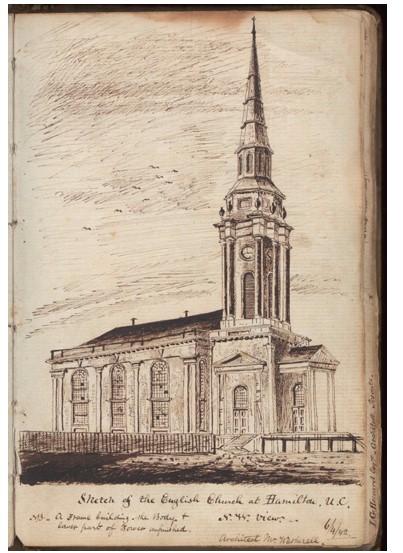
Historical research is necessary to document the history and development of a heritage property and to identify any association it has to the broader context of community heritage. This research involves the use of land records, maps, photographs, publications, archival materials and other documentation. In this regard, many faith groups maintain archives that can be useful sources of information about heritage places of worship.
Research should reveal dates of construction, original and later uses, significant people or events, technologies, philosophy, factors such as natural disasters or fires and other details about the heritage property. This information is useful in the evaluation of the cultural heritage value or interest of the property.
Site visits supplement the historical research. On-site examination of the property provides further opportunity to look for physical evidence of history and use.
Documentation and analysis of the heritage place of worship’s landscape and context should be included to allow a full evaluation of its cultural heritage value or interest.
Associated cultural heritage landscape features of the property such as landscape design, cemeteries, fences, archaeological resources and trees may have cultural heritage value or interest.
The findings of the historical research and on-site analysis form the background information that will be used in determining the cultural heritage value and deciding the appropriate course of action for conserving a heritage place of worship.
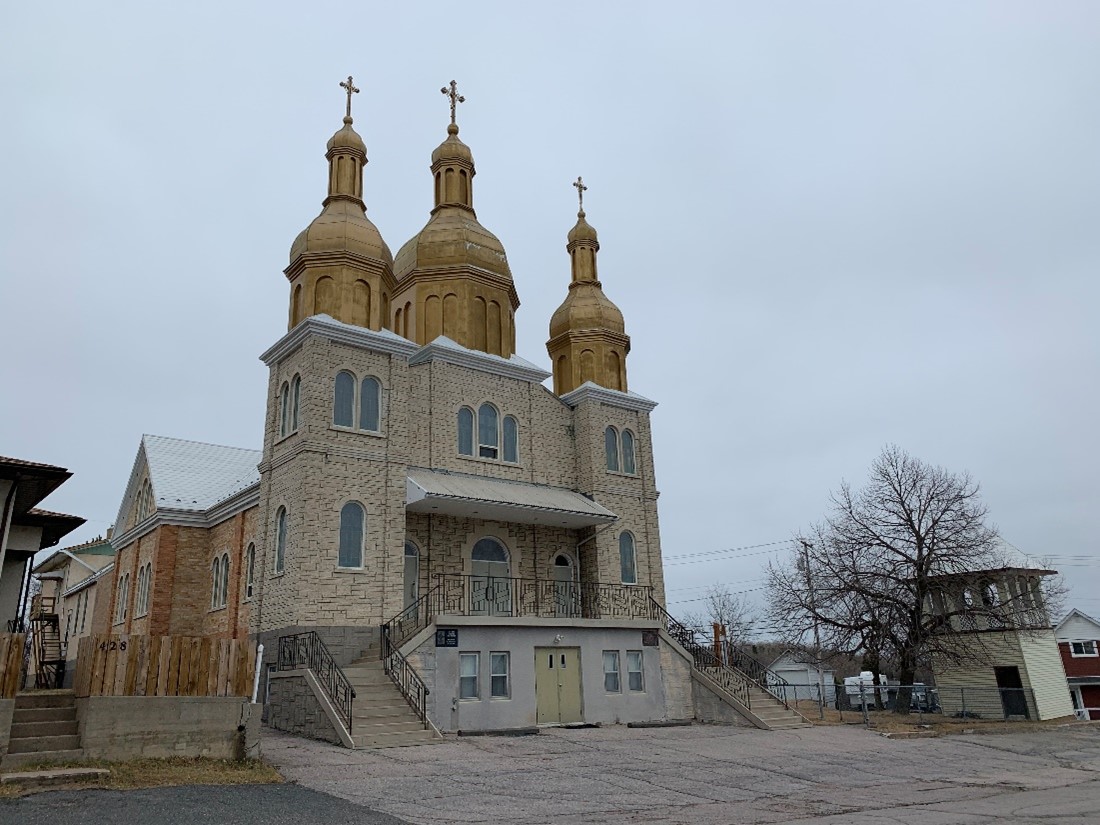
1.3. Evaluation
If a heritage place of worship is being considered for individual municipal property designation under Part IV of the Ontario Heritage Act, it will undergo an evaluation against criteria set out in O. Reg. 9/06, Criteria for Determining Cultural Heritage Value or Interest. For more information on Regulation 9/06 see the Heritage Property Evaluation guide in the Ontario Heritage Tool Kit.
Ontario’s places of worship inventory
The Ontario Heritage Trust maintains Ontario’s Places of Worship Inventory, an online inventory of purpose-built places of worship across the province that are more than 25 years old. The inventory contains a wealth of information about Ontario’s places of worship and is a helpful resource that can assist property owners and municipalities in planning for conservation and adaptive reuse. For more information go to the Trust’s web site.
1.3.1. Evaluating interior elements
One aspect of most heritage places of worship that makes them different from other heritage properties are their interior furnishings, fittings and decoration. These may have liturgical meaning, not just historic or artistic value. Liturgical elements are building elements, ornaments or decorations that are symbols or material things traditionally considered by a faith to be part of the rites of public worship. These may require careful consideration when evaluating a place of worship.
1.3.1.1. Interiors contain items that may be classified as fixtures or chattels
Determining whether a liturgical element is a fixture or chattel can be complex and often must be determined on a case-by-case basis.
The Ontario Heritage Act defines property for the purposes of Part IV as “real property and includes all buildings and structures thereon”. This includes anything fixed to the property (“fixture”) but excludes anything portable (“chattel”).
Generally, a fixture is something affixed to the property by means other than its own weight, which cannot be removed without causing damage to the building fabric. A chattel is a moveable item of property not permanently attached to land or a building. Sometimes the liturgical element may seem to fall between the two categories. Wall paintings and leaded or stained glass windows would be considered fixtures, but framed paintings and freestanding sculptures would not.
While both fixtures and chattels may have cultural heritage value or interest, only fixtures are part of property. Therefore, only fixtures may be protected under the Ontario Heritage Act.
Additional considerations in evaluating interior attributes include:
- their artistic, craftsmanship and design value (for example, the attribute could be integral to the design or function and removal would affect the overall cultural heritage value or interest)
- their historical value (for example, the attribute could have a strong association with a religious or local community. It could document changes in building use for liturgical, social or community service purposes)
1.3.2. Result of evaluations
The result of these evaluations is a recommended statement of cultural heritage value or interest and a description of the heritage attributes that support the property’s cultural heritage value or interest. These form the basis of the municipal council’s decision on a designation bylaw which sets out the features of the property that must be protected.
Municipalities should consult with the property owner on the evaluation and resulting statement of cultural heritage value or interest to determine the heritage attributes that require protection, as well as the most appropriate protective mechanism.
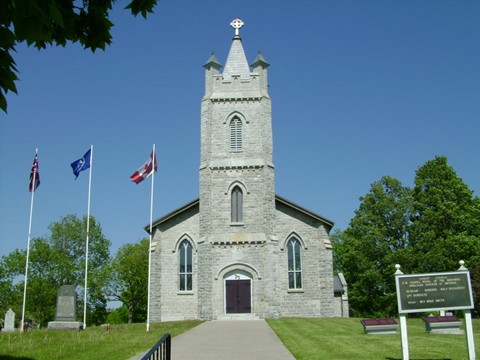
Case study 1: St. Patrick’s Roman Catholic Church, Brampton - Evaluation of a heritage place of worship
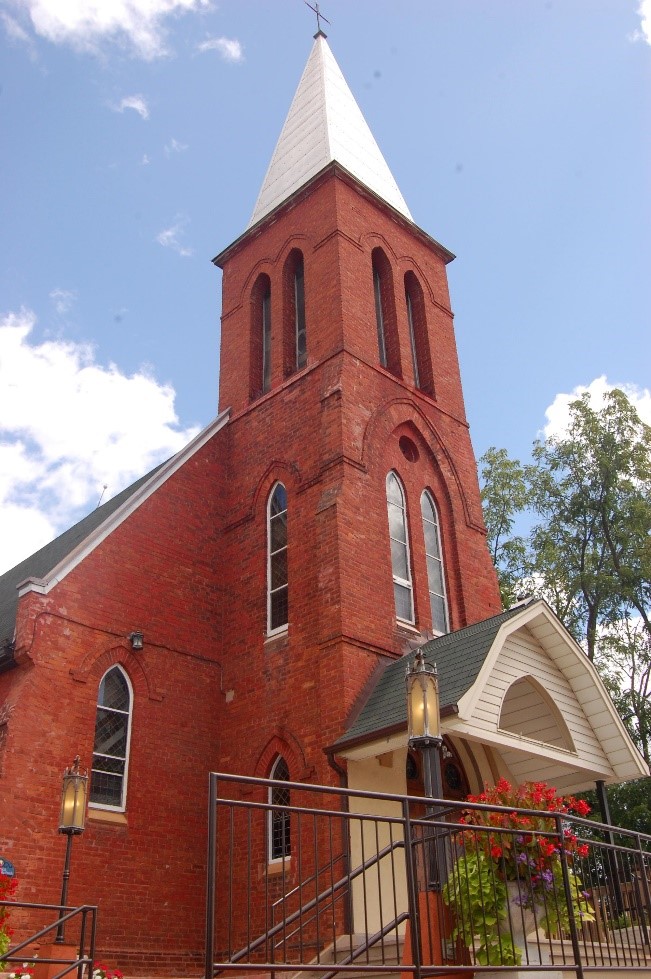
Designated in 2010 under the Ontario Heritage Act.
St. Patrick’s Roman Catholic Church is a landmark connected to the historic Irish community of Wildfield. Although little remains of historic Wildfield, the church is still known as the Mother Church for all Catholic parishes in Peel Region. It was designed by Post and Holmes Architects and built in 1894. The popularity of Father McSpiritt, the parish priest from 1887 to 1895, inspired a successful fundraising campaign for its construction, resulting in a building with a high level of craftsmanship. Sadly, the first ringing of the church bell was on the occasion of his burial in the churchyard.
The municipal protection of this heritage place of worship was initiated by council’s request that the municipal heritage staff and the municipal heritage committee survey the historic settlements and list properties with the potential to meet the designation criteria on the municipal register. Under Brampton’s municipal designation process, which groups properties in categories, the church was identified as a ’Category A’ heritage resource. Brampton’s policy is to proceed with the designation process for ’Category A’ properties. Council therefore requested that staff prepare a designation report, which involved documenting the site, conducting further historical research, and engaging with residents of the Wildfield community.
Brampton council also notified the property owner, the Archdiocese of Toronto, of its intention to designate and shared a copy of the draft designation report. The Archdiocese consulted with its own heritage and architectural advisors. Communication between the municipality and the Archdiocese was facilitated through a single point of contact — the municipal heritage planner and the Archdiocese’s heritage consultant — so that the drafting of the designation bylaw could proceed with a common understanding. The shared goal was to protect the place of worship’s heritage value while respecting the religious needs and operations. Community engagement strengthened understanding of the property through historical and associative values that are not always physically evident.
While heritage attributes included in a designation bylaw are decided on a case-by-case basis, chattels cannot be designated as they are not part of real property. In this case, discussion between the municipality and the property owner (i.e., the Archdiocese) led to agreement that the designation bylaw would reference interior heritage attributes such as the stained glass windows while also excluding liturgical objects in order to facilitate the ongoing use of the building as a church.
As noted in the staff report to the municipal council on the designation, Notwithstanding any other references to the contrary, the following are not reasons for the heritage designation nor are they elements of the property that will be designated pursuant to the
Ontario Heritage Act
: liturgical elements and liturgical furnishings, being symbols and material things that are part of the worship of God. The principal liturgical furnishings of the church include, but are not limited to, the altar, the chair, the ambo, the tabernacle, the pews, and images, including any windows with liturgical images.
While this approach met the needs of the parties involved in this particular case, best practice would be to specifically list in the bylaw any liturgical objects or other physical features that are not considered heritage attributes for the purposes of designation to ensure there is a clear understanding of the effect of the designation bylaw.
In addition, the municipality recognized that the church’s contextual value as a landmark was one of the most important cultural heritage values to protect. The designation signals that any future planning and development on adjacent lands will need to be respectful of this heritage place of worship.
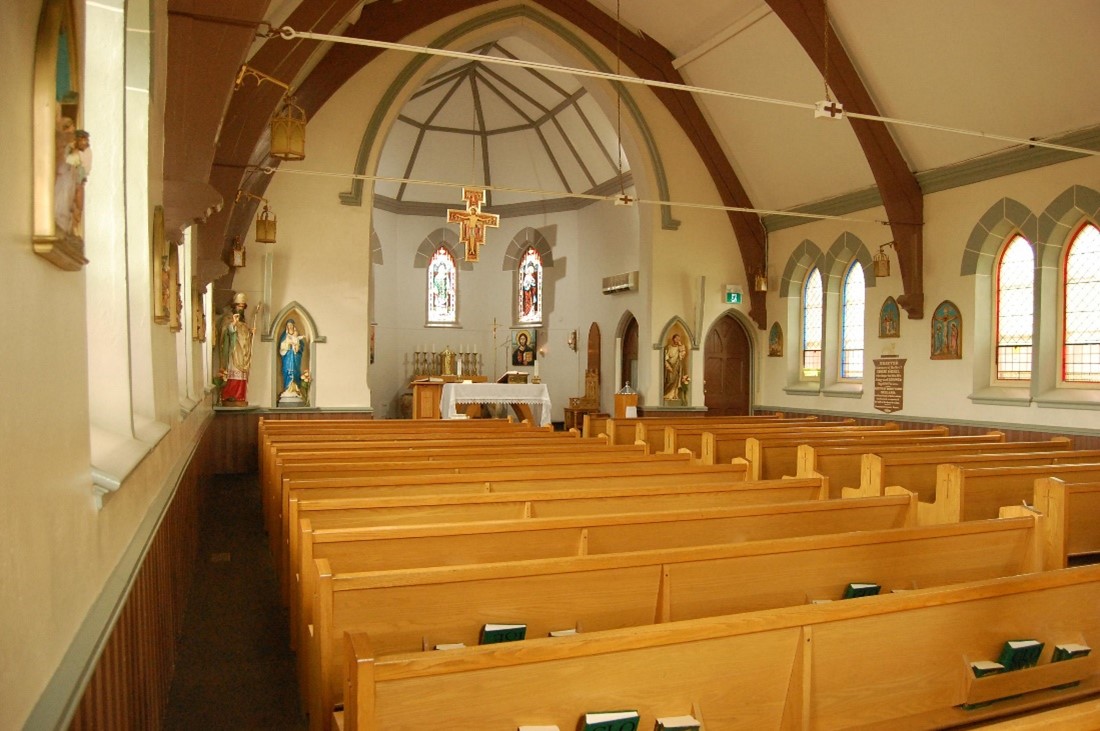
Points to note:
The municipality took a proactive and planned approach to listing and designation.
The municipality engaged the property owner in dialogue and collaboration early in the designation process. The resulting bylaw reflected the property’s value to the community while taking the ongoing religious use of the heritage place of worship into consideration.
The community was involved in providing associative and contextual value.
Both the municipality and the property owner retained heritage consultants at key points in the process.